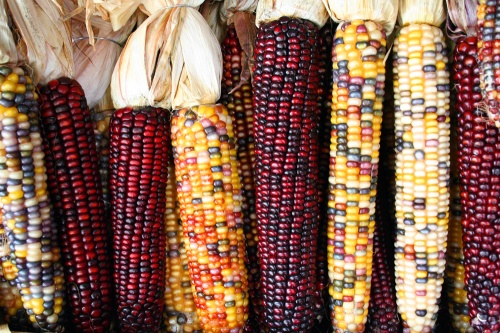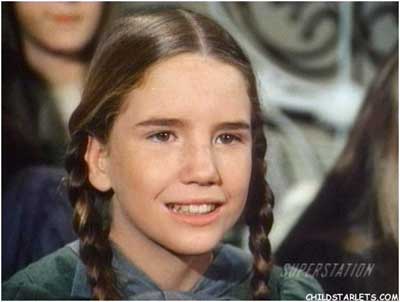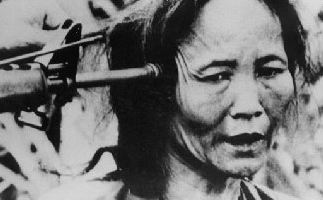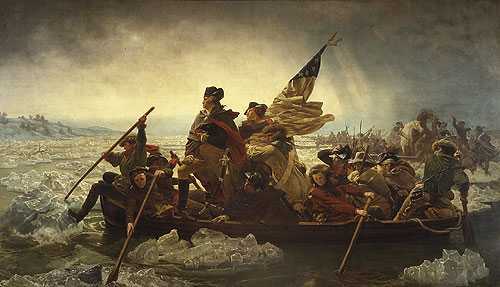Remarks:
In 2001 this song went to #1 on both the American pop and R&B charts, a common feat for Usher. It went to #3 in Britain. I generally do not like his songs because they play them too much, but this one is long-ago enough that now I like it.
The woman at the end is Chilli of TLC. The one at the beginning I believe is Shakara Ledard, a fashion model from the Bahamas.
The music video most reminds me of Mya’s “My Love is Like … Wo” (2003).
Lyrics:
Yo, I ain’t seeing you in a minute, but I got something to tell ya, listen.
See the thing about you that caught my eye
Is the same thing that makes me change my mind
Kinda hard to explain, but girl, I’ll try,
You need to sit down this may take a while
See this girl, she sorta looks just like you
She even smiles just the way you do
So innocent she seemed but I was fooled
I’m reminded when I look at you.
You remind me of a girl, that I once knew.
See her face whenever I, I look at you.
You won’t believe all of the things she put me through.
This is why I just can’t get with you.
Thought that she was the one for me,
Til I found out she was on her creep,
Oh, she was sexing everyone, but me.
This is why we could never be.
You remind me of a girl, that I once knew.
See her face whenever I, I look at you.
You won’t believe all of the things she put me through.
This is why I just can’t get with you.
I know it’s so unfair to you,
That I relate her ignorance to you.
Wish I knew, wish I knew how to separate the two
You remind me, whoa…
You remind me of a girl, that I once knew.
See her face whenever I, I look at you.
You won’t believe all of the things she put me through.
This is why I just can’t get with you.
You remind me of a girl, that I once knew.
See her face whenever I, I look at you.
You won’t believe all of the things she put me through.
This is why I just can’t get with you.






















































